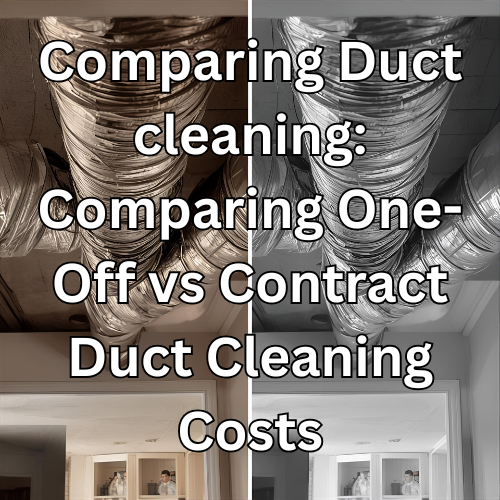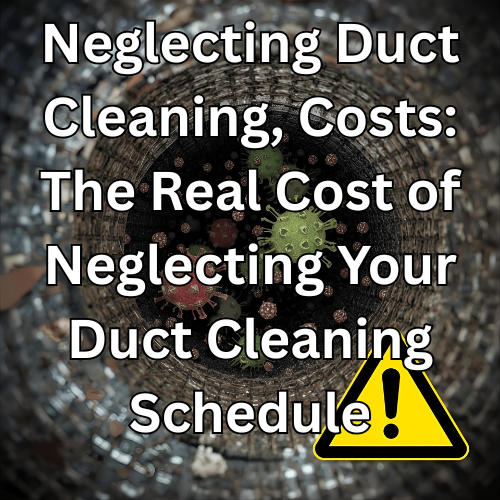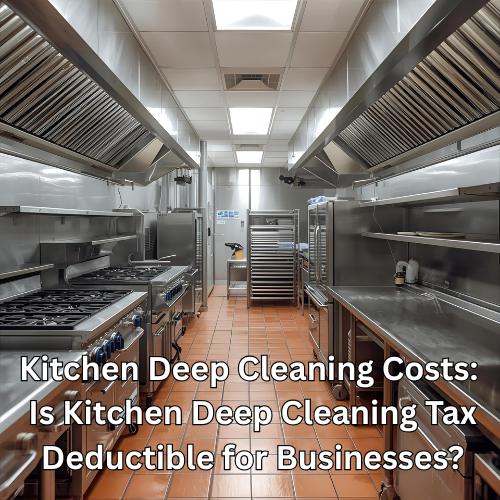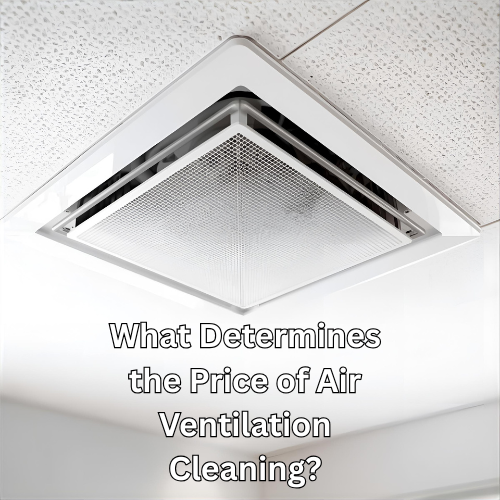If you manage or own a commercial kitchen in the UK, you’ve probably heard that kitchen extract and duct cleaning isn’t just “good practice” — it’s a legal requirement.
But what exactly does the legislation say?
Who enforces it?
And how often do you need to clean your system to stay compliant?
In this guide, we’ll break down everything you need to know about the UK kitchen extract cleaning legislation — in plain English — so you can protect your business, your staff, and your insurance cover.

Why Kitchen Extract Cleaning Is a Legal Requirement
The UK’s approach to fire safety and hygiene in commercial kitchens is guided by a combination of legislation, British Standards, and industry codes of practice.
At the heart of it is this simple truth:
If you have a commercial kitchen with an extraction system, you are legally required to keep it clean and safe to prevent fire and contamination risks.
There are several key pieces of legislation and guidance that apply:
- The Regulatory Reform (Fire Safety) Order 2005
– Requires building owners and responsible persons to reduce fire risks.
– Grease build-up in ductwork is considered a fire hazard.
– Failure to maintain your extract system can lead to enforcement action, fines, or even prosecution. - The Health and Safety at Work Act 1974
– Employers must provide a safe workplace.
– Poor ventilation or unclean ductwork can breach these obligations. - The Food Safety Act 1990 & Hygiene Regulations 2006
– Food businesses must maintain clean and hygienic premises.
– Dirty extraction systems can lead to contamination and EHO enforcement. - NAAD21 Cleaning Standard
– The UK’s recognised benchmark for kitchen extract cleaning and verification.
– Compliance with NAAD21 helps you prove you’ve met your legal duties.
What the Law Requires in Practice
So what does this mean for you, day to day?
In practical terms, you’re required to:
- Have your kitchen extraction and ductwork inspected and cleaned regularly.
- Keep documented evidence (a post-clean report) showing compliance with NAAD21 standards.
- Maintain access points so your system can be fully cleaned and verified.
- Present proof of cleaning to your insurer, fire officer, or environmental health officer when asked.
If you can’t show that documentation, you’re not legally compliant — even if your ducts look clean.
Insurance and Fire Risk: Why Compliance Protects You
When a fire occurs in a commercial kitchen, insurers almost always ask one key question:
“Can you provide a valid duct cleaning certificate and report?”
If the answer is no, your insurer may refuse the claim — even if the fire wasn’t directly caused by the extract system.
That’s because maintaining your ductwork to NAAD21 standards is considered part of your duty of care under fire safety legislation.
In short:
- No certificate = no cover.
- No cover = full liability.
The cost of one missed clean can be catastrophic.
How Often the Law Says You Should Clean
There’s no single “one-size-fits-all” rule — frequency depends on usage and risk.
However, the NAAD21 guidelines, backed by insurers and fire authorities, recommend the following minimum cleaning intervals:
| Kitchen Type | Recommended Cleaning Frequency |
|---|---|
| Light use (2–6 hours/day) | Every 12 months |
| Moderate use (6–12 hours/day) | Every 6 months |
| Heavy use (12–16 hours/day) | Every 3 months |
These intervals ensure compliance with fire safety legislation and demonstrate ongoing due diligence if you’re ever audited or investigated.
If you’re unsure where you stand, we can carry out a compliance inspection and provide a detailed report.
Real Case Example: The Hidden Cost of Non-Compliance
In 2023, a London restaurant faced a £10,000 fine and temporary closure after a routine fire inspection found heavy grease build-up in its extract system.
The manager admitted that cleaning had been delayed due to cost concerns.
Unfortunately, because there was no NAAD21 verification report, the insurer refused cover for the required fire safety upgrades — all of which had to be paid out of pocket.
The lesson is clear: compliance costs less than non-compliance.
What a Fully Compliant Cleaning Service Includes
When you hire a professional kitchen duct cleaning company that follows the legislation properly, you should receive:
- Pre-clean inspection with photographic evidence
- Full canopy, fan, and duct degreasing
- Access panel installation (if needed)
- Verification report and certificate to NAAD21 standards
- Compliance record for your insurance file
That report isn’t just a formality — it’s your proof of compliance under UK law.
Why Choosing a Certified Team Matters
Anyone can wipe down a canopy — but only certified engineers can legally verify your system as compliant.
When you choose a team trained to NAAD21 standards, you’re not just getting a clean kitchen.
You’re getting:
✅ Verified legal compliance
✅ Reduced fire and insurance risk
✅ Peace of mind during inspections
✅ A valid paper trail for your insurer
Final Thoughts: Legislation Isn’t a Burden — It’s Protection
UK kitchen extract cleaning legislation exists for one reason: to protect lives and livelihoods.
Yes, compliance takes time and cost — but it also gives you security.
You’ll pass inspections.
You’ll protect your insurance.
And you’ll know your kitchen is safe, clean, and fully certified.
So instead of waiting for the next inspection, be proactive.
Get the evidence, get compliant — and stay ahead.
📞 Get a Free Quote
and receive a free pre-inspection compliance report (worth £99) to confirm your current status.
🔎 Summary: Key UK Legislation You Need to Know
- Fire Safety Order (2005) — You must minimise fire risks.
- Health and Safety at Work Act (1974) — You must protect staff and customers.
- Food Safety Act (1990) — You must maintain hygiene.
- NAAD21 Standard — You must prove compliance.





